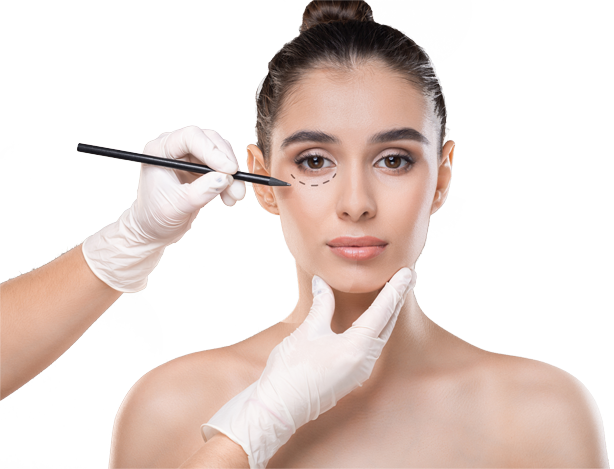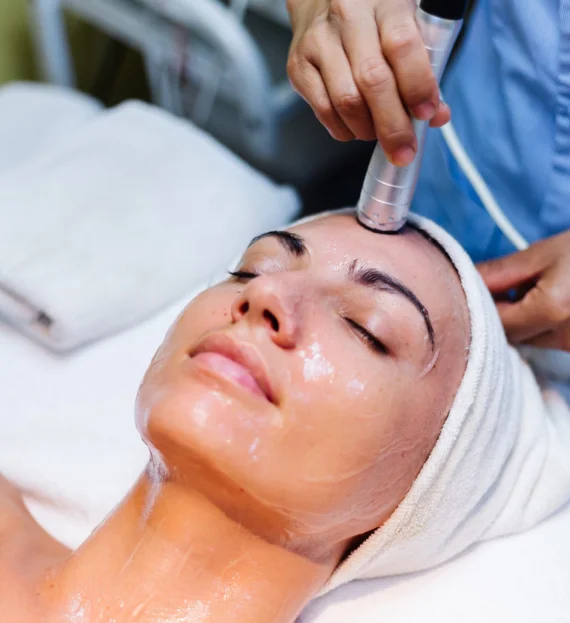Peel Rejuvenation
Most Popular Procedures
Peel rejuvenation is a cosmetic procedure that uses a chemical solution to remove the outer layers of the skin, revealing smoother, more youthful-looking skin underneath. The chemical solution typically contains one or more acids, such as alpha-hydroxy acid (AHA), beta-hydroxy acid (BHA), trichloroacetic acid (TCA), or phenol.
The procedure is typically performed in a cosmetic clinic or medical spa and can take anywhere from 30 minutes to an hour, depending on the type and depth of the peel. The patient’s skin is first cleansed and prepped, and the chemical solution is then applied to the treatment area. The solution is left on the skin for a few minutes before being neutralized and removed.
Peel Rejuvenation
Multiple Treatment Options for Peel Rejuvenation
Peel rejuvenation can be used to treat a variety of skin concerns, including fine lines, wrinkles, age spots, acne scars, and uneven skin tone and texture. It can also help to stimulate collagen production, which can help to improve skin elasticity and firmness.
After the treatment, the patient may experience some redness, swelling, and sensitivity in the treated area, which typically subsides within a few days to a week, depending on the depth of the peel. Results can be seen immediately, with continued improvement over several weeks as the skin regenerates and produces new collagen fibres.
Peel rejuvenation is generally considered safe and effective when performed by a qualified and experienced cosmetic professional. However, it may not be suitable for everyone, especially those with certain medical conditions or skin sensitivities. It’s important to discuss any concerns or questions with a qualified professional before undergoing the procedure.
Faq
Frequently Asked Questions
A: Good candidates for peel rejuvenation are generally healthy individuals with mild to moderate skin concerns such as fine lines, wrinkles, age spots, acne scars, and uneven skin tone and texture. However, it's important to have a consultation with a qualified cosmetic professional to determine if peel rejuvenation is appropriate for your skin type and concerns.
A: There are several types of chemical peels available for rejuvenation, including alpha-hydroxy acid (AHA), beta-hydroxy acid (BHA), trichloroacetic acid (TCA), and phenol peels. The type of peel used depends on the individual's skin type and concerns, as well as the depth of the peel needed to achieve the desired results.
A: Peel rejuvenation may cause some discomfort, especially during the application of the chemical solution. Patients may experience a burning or stinging sensation, which can be managed with cooling techniques or pain medication. However, the degree of discomfort varies depending on the type and depth of the peel.
A: The recovery period after peel rejuvenation can vary depending on the type and depth of the peel. Patients may experience some redness, swelling, and sensitivity in the treated area, which typically subsides within a few days to a week, depending on the depth of the peel. Patients are advised to avoid sun exposure and follow any post-treatment instructions provided by their doctor or dermatologist to ensure proper healing.
A: The number of sessions of peel rejuvenation needed varies depending on the individual's skin type and concerns, as well as the type and depth of the peel being used. In some cases, a single session may be sufficient, while in others, multiple sessions may be needed to achieve the desired results. Patients should discuss their individual needs and expectations with a qualified cosmetic professional to determine the best course of treatment.






